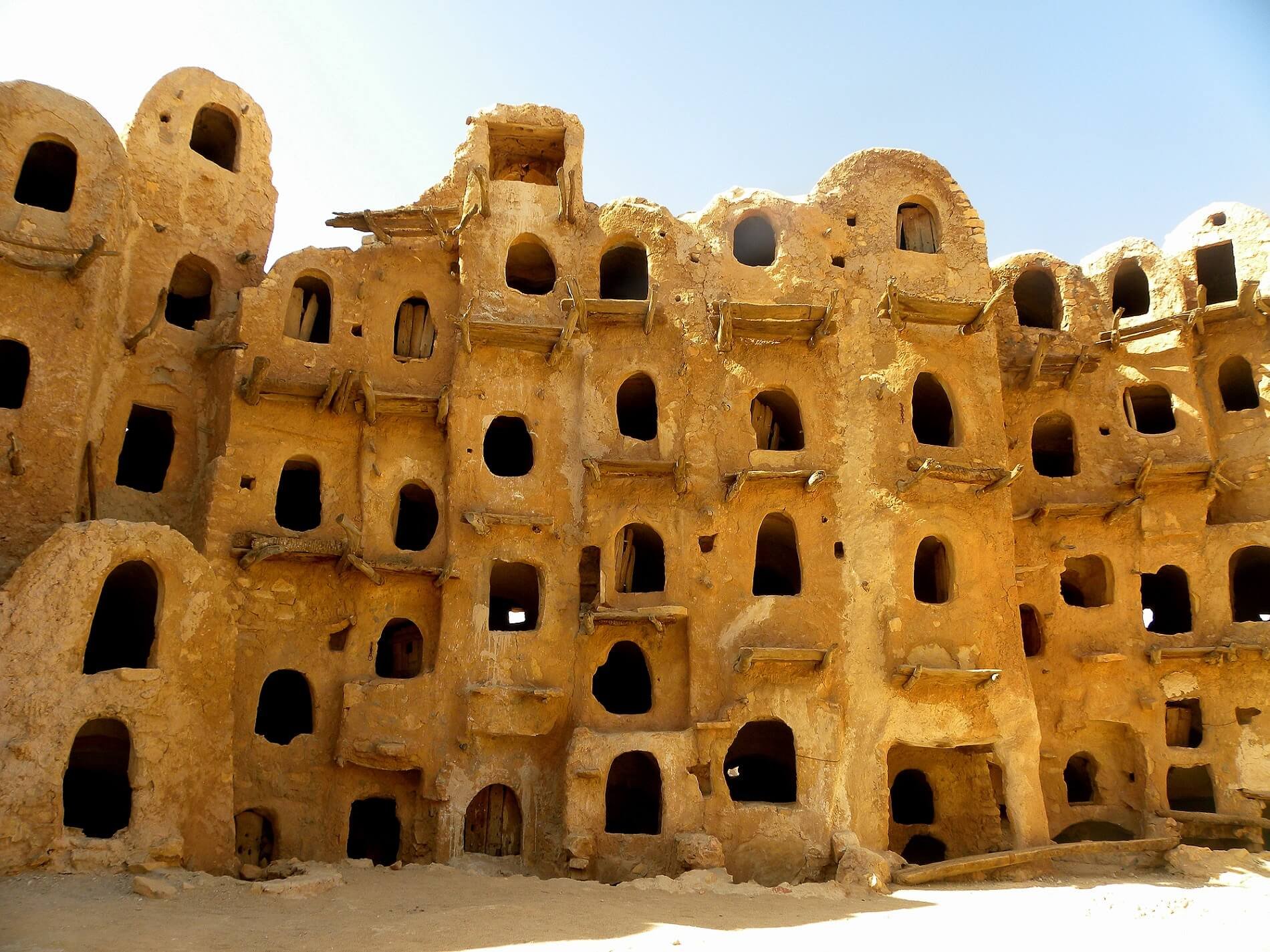In Tripoli, the situation on the ground has reached a stalemate. Neither the Libyan National Army (LNA) nor anti-LNA forces have lost or gained any significant ground since last week’s reporting. Territorial control seemed to alternate continuously between LNA and anti-LNA forces. For example, on 14 April, Government of National Accord (GNA) forces managed to push LNA units further south of Tripoli retaking the Azizziyah and Qasr Ben Ghashir areas. However, by the following day (15 April), the LNA reclaimed the territory it lost. Overall, the number of armed clashes on the ground has decreased, though the operational tempo of aerial attacks has increased. The main areas of clashes are:
Ain Zara and Wadi al-Rabie: control of areas leading to Ain Zara fluctuates between GNA and LNA forces. On 15 April, reports suggested clashes broke out in the al-Sabea area of Ain Zara. Other reports suggested LNA forces took control of Salem Bashir, providing them routes linking al-Khliat to Ain Zara.
Al-Swani area: On 14 April, sources reported heavy armed clashes broke out in the area, but it remained unverified at the time of reporting.
Al-Khliat/Yarmouk: On 15 April, clashes continued in the al-Khalit area and in and around Yarmouk Military Camp. Reports suggested LNA forces advanced further along Airport road.
Qasr Bin Ghashir: Control of the area remained contested.
Tripoli International Airport (TIA)/TIA Bridge: Control over the non-functioning Tripoli airport alternated between LNA forces and GNA forces over the last week. At the time of writing sources indicated LNA had control over the airport.
Currently, the LNA has military forces in a number of western region towns including Tarhouna (45 km southeast of Tripoli) and Ghariyan (70km south of Tripoli). There is a serious risk of an escalation of clashes and violence in both towns in the near future as Government of National Accord (GNA) allied forces prepares for a counter-offensive to take back these towns.The LNA continues to have control of the so-called “Three Bridges” – comprising: the TIA bridge, al-Swani bridge and Qasr Bin Ghashir bridge. However, control over the al-Swani bridge remains contested. The 3 bridges are critical choke points for the LNA’s assault. LNA control over them would secure their supply lines and allow them to push deeper into the city.The stalemate suggests that a longer-term entrenchment and siege of the city is likely. Possible scenarios in the short-term include:
A solution is reached through political negotiations, which appears unlikely (see below);
The LNA is able to significantly bolster its reinforcements from the East. Reports suggest some forces have been re-deployed to the south of Tripoli. However, potential threats emerging in the South, closer to Benghazi and around the Oil Crescent could impact LNA operations in Tripoli and require its forces to be deployed to these regions instead;
Increased foreign support for either faction, which is unlikely in the immediate future. However, aerial support from the UAE and/or Egypt in support of the LNA is a possibility in the near to medium term.
GNA forces, primarily those under the command of Usama al-Juwaili (GNA Western Military Region) and Mohammed al-Haddad (GNA Central Military Region), are likely to make a push to take control of Azizziya. This would effectively provide a route to lead an assault towards Ghariyan and also cut off LNA supply lines to al-Swani, challenging its control of one of the 3 bridges.

